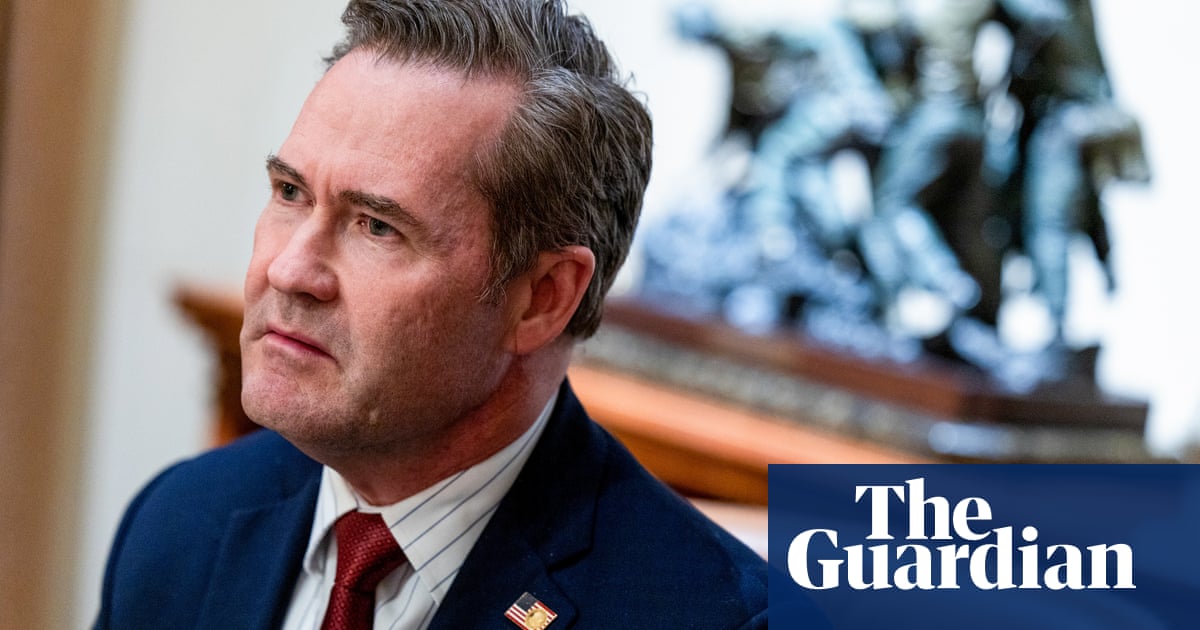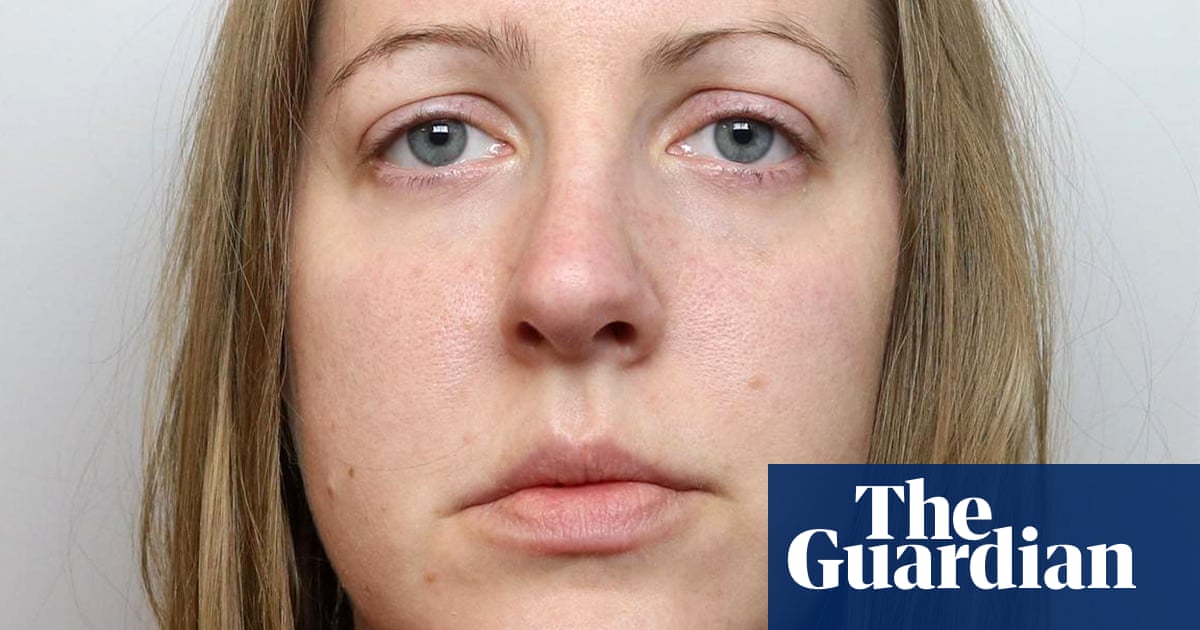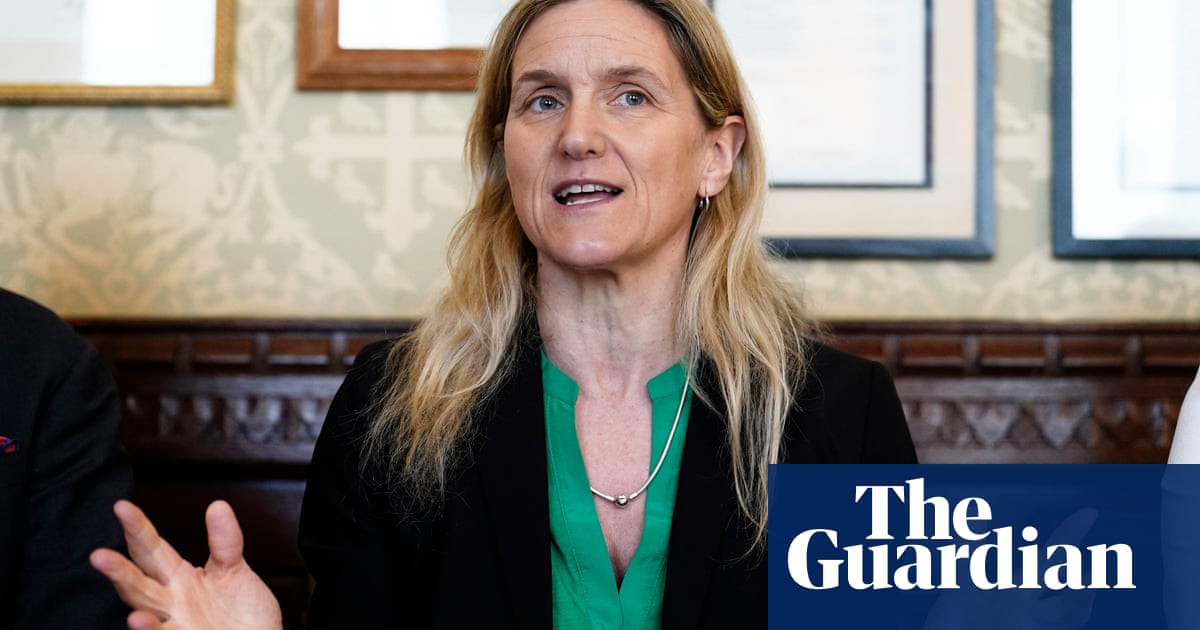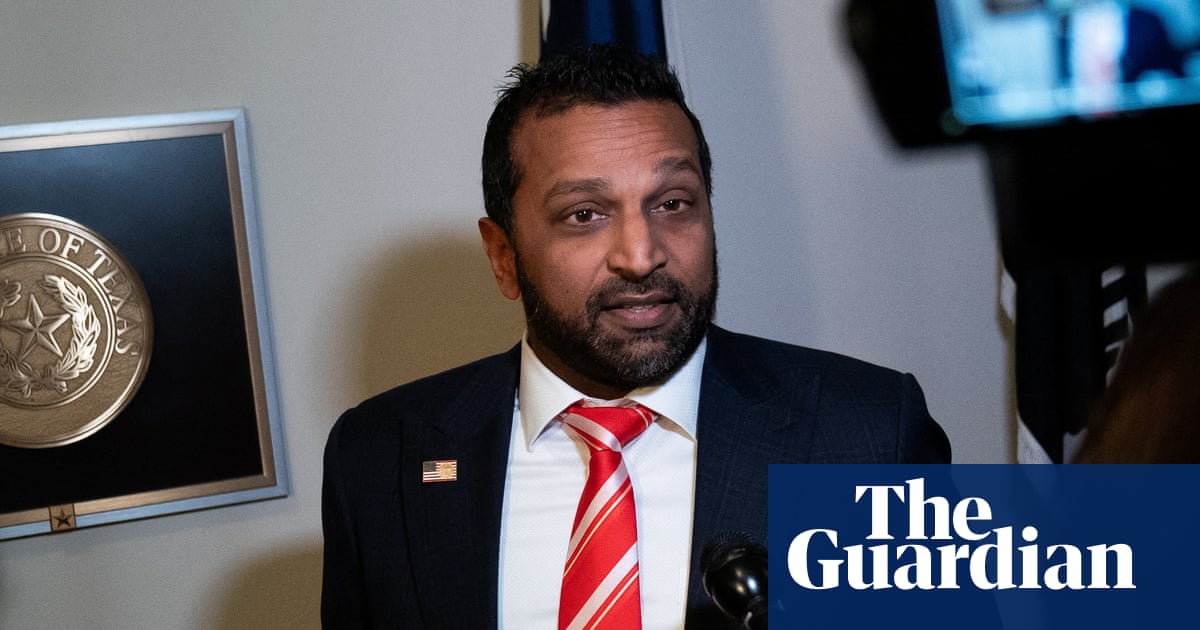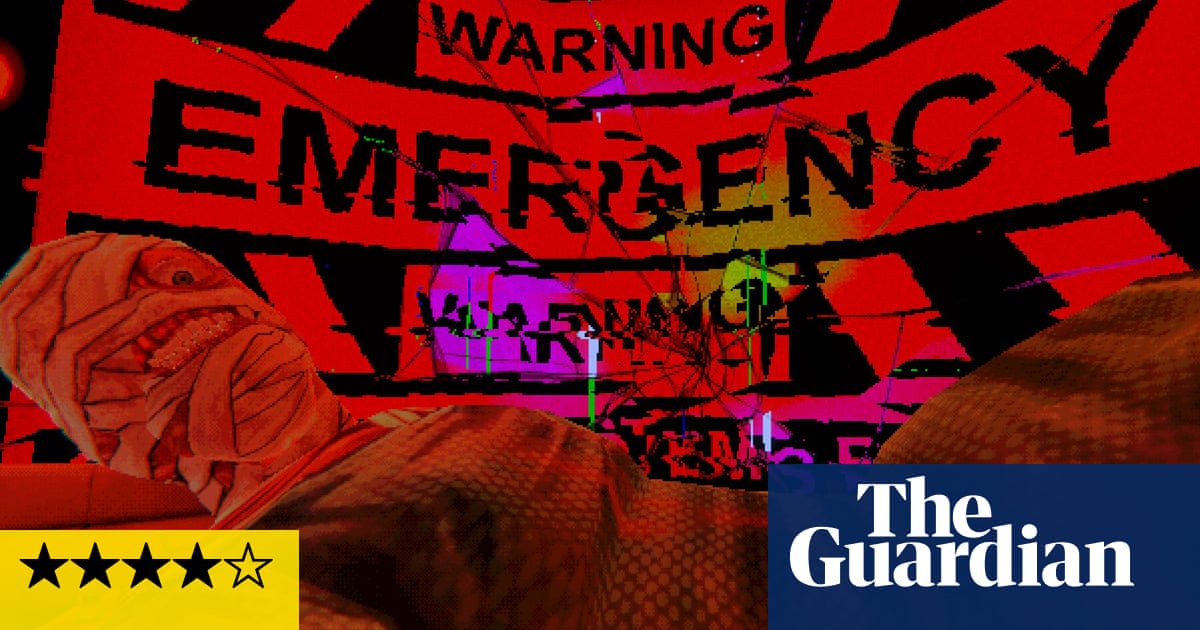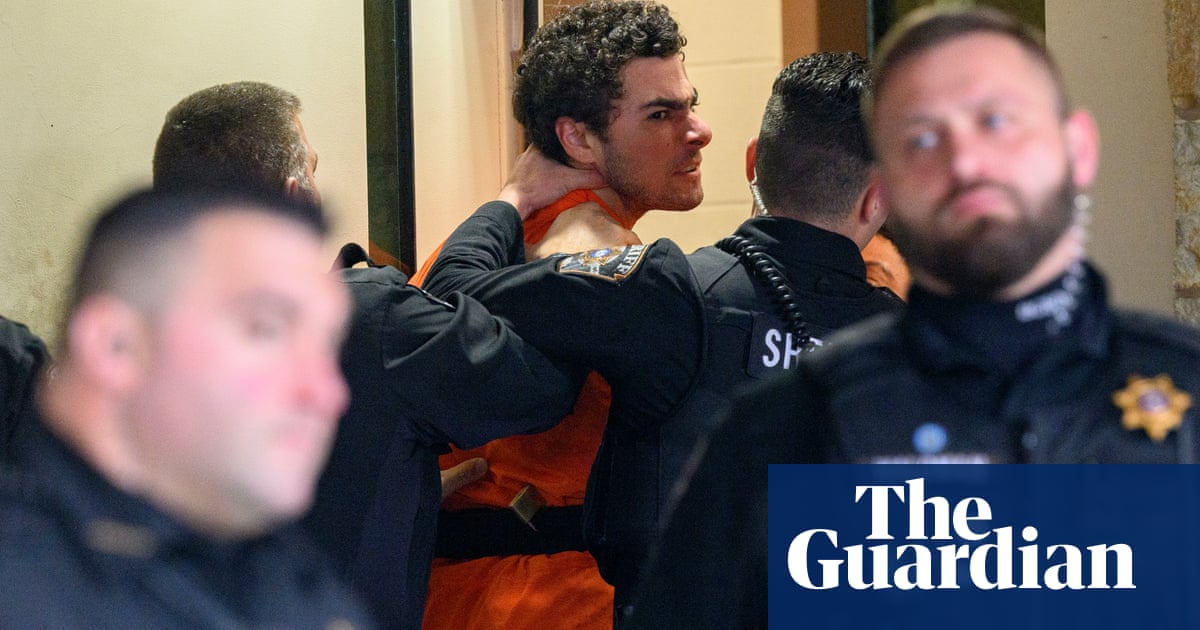Some of the bodies of 15 Palestinian paramedics and rescue workers, killed by Israeli forces and buried in a mass grave nine days ago in Gaza, were found with their hands or legs tied and had gunshot wounds to the head and chest, according to two eyewitnesses.
The witness accounts add to an accumulating body of evidence pointing to a potentially serious war crime on 23 March, when Palestinian Red Crescent ambulance crews and civil defence rescue workers were sent to the scene of an airstrike in the early hours of the morning in the al-Hashashin district of Rafah, Gaza’s southernmost city.
International humanitarian teams were only allowed access to the site this weekend. One body was recovered on Saturday. Fourteen more were found in a sandy grave at the site on Sunday and were brought back for autopsies in the nearby city of Khan Younis.
Dr Ahmed al-Farra, a senior doctor at the Nasser medical complex in Khan Younis, witnessed the arrival of some of the remains.
“I was able to see three bodies when they were transferred to the Nasser hospital. They had bullets in their chest and head. They were executed. They had their hands tied,’’ Farra said. “They tied them so they were unable to move and then they killed them.”
He provided photographs he said he had taken of one of the dead on arrival at the hospital. The pictures show a hand at the end of a long-sleeved black shirt with a black cord knotted around the wrist.
Another witness, an official from an international aid agency who took part in the recovery of remains from Rafah on Sunday, also said they saw evidence of one of the dead having been shot after being detained.
“I saw the bodies with my own eyes when we found them in the mass grave,” the witness, who did not want his name used for his own safety, told the Guardian in a telephone interview. “They had signs of multiple shots in the chest. One of them had legs tied. One was shot in the head. They were executed.”
The accounts add to allegations made by a senior Palestinian Red Crescent official, the Palestinian Civil Defence and the Gaza health ministry that some of the victims had been shot after they were detained and put in restraints by Israeli troops.
The incident came after the Israeli government ended a two-month-old ceasefire and resumed its military campaign against Hamas and other militant groups in Gaza on 17 March, with heavy aerial bombing and ground operations. The people of Rafah were ordered to leave the town on Monday, before Israeli ground operations there.
The international criminal court issued arrest warrants for war crimes in November against the prime minister, Benjamin Netanyahu, and his former defence minister Yoav Gallant, and the ICC prosecutor has said he is still investigating Israeli forces and Hamas for suspected atrocities.
The victims are believed to have been killed on 23 March, two of them in the early hours when their ambulance came under Israeli fire while on the way to collect injured people from an earlier airstrike. The remaining 13 of the dead were in a convoy of ambulances and civil defence vehicles dispatched to retrieve the bodies of their two colleagues. One of the dead was a UN employee. A Red Crescent paramedic, named as Assad al-Nassasra, is still missing.
The UN said the ambulances and other vehicles were buried in sand by bulldozers alongside the bodies of the dead, in what appears to have been an attempt to cover up the killings. UN video footage taken by the recovery team showed a crushed UN vehicle, ambulances and a fire truck that had been flattened and buried in the sand by the Israeli military.
“This is a huge blow to us … These people were shot,” Jens Laerke, a spokesperson for the UN aid coordination office, said on Tuesday. “Normally we are not at a loss for words and we are spokespeople, but sometimes we have difficulty finding them. This is one of those cases.”
Israel’s military has said its “initial assessment” of the incident had found that its troops had opened fire on several vehicles “advancing suspiciously toward IDF troops without headlights or emergency signals”, and has claimed, so far without evidence, that Hamas fighters and other militants had been using the ambulances for cover.
The Israel Defense Forces have so far not responded to questions, first posed on Monday, about the reports that the bodies and their vehicles had been buried or to the allegations that some had been shot after being detained.
Dr Bashar Murad, the Red Crescent’s director of health programmes in Gaza, said at least one of the recovered bodies of the paramedics had had his hands tied, and that one of the paramedics had been on a call to the ambulance dispatcher when the attack took place.
On that call, Murad said, gunshots fired at close range could be heard as well as the voices of Israeli soldiers on the scene speaking in Hebrew, ordering the detention of at least some of the paramedics.
“The gunshots were fired from a close distance. They could be heard on the call between signal officer and of the medical crews that survived and phoned the ambulance centre for help. The soldiers’ voices were clearly audible in Hebrew and very close, as well as the sound of the gunfire.”
“Gather them at the wall and bring some restraints to tie them,” was one of the lines that Murad said could be heard by the dispatcher. He said the call had not been recorded.
Mahmoud Basal, a spokesperson for the Palestinian Civil Defence in Gaza, said the bodies had been found with at least about 20 gunshots in each of them and confirmed that “at least one of them had their legs bound”.
In a statement released on Monday, Gaza’s health ministry said: “They were executed, some of them handcuffed and had sustained head and chest injuries. They were buried in a deep hole to prevent their identities from being identified.”
On Monday the IDF issued evacuation orders covering most of Rafah, indicating it could soon launch another major ground operation, eight days after the paramedics and rescue workers were killed.
According to the Red Crescent, an ambulance was dispatched to pick up the casualties from the airstrike in the early hours of 23 March and called for a support ambulance. The first ambulance arrived at hospital safely but contact was lost with the support ambulance at 3.30am. An initial report from the scene said it had been shot at and the two paramedics inside killed.
The Palestinian Red Crescent president, Dr Younis al-Khatib, said the IDF had impeded the collection of the bodies for several days. The IDF said it had facilitated the evacuation of bodies as soon as “operational circumstances” allowed.
“The bodies were recovered with difficulty as they were buried in the sand, with some showing signs of decomposition,” the Red Crescent said.
Their burial had been put off pending autopsies at the Nasser hospital in Khan Younis. The autopsies have now been carried out, according to hospital sources, and a full report is due to be delivered to the Gaza health ministry within 10 days.

.png) 1 day ago
6
1 day ago
6
